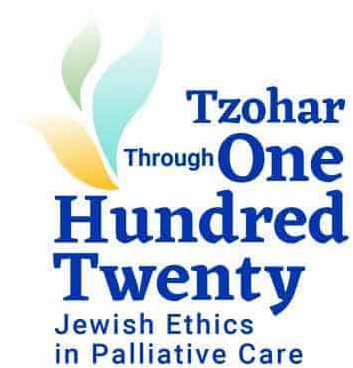In many different caretaking situations, it is not possible for us to definitively know a patient’s wishes. The basic principle of autonomy of a person over their body and the methods of treatment applicable to it become impaired. The Patient Rights Law, especially article 15, determines that in situations where we have no information regarding their wishes, one may administer a treatment against his will, as long as three criteria are met: this truly is a situation where there is no way to know his wishes; no past directive is known to us opposing medical care; they do not have a legal guardian or there is no way to receive their consent. The law does not grant the family status in any way unless they are legally appointed as guardians.
However, as is customary in medical practice, the team consults with the family and requests to know their wishes. This is derived from the assumption that the family best reflects the patient’s wishes: they were closest to him, understand his condition, and are aware of his opinions in the past regarding himself; they wish for the best for him, and therefore we assume that their opinion will be close to the patients; they are the ones who must deal with the challenges of the treatment’s results, etc.
In the Historical Newspaper Section of the National Library’s website, we see the referral to the family for consultation of a patient’s condition a number of times, similar to in other topics. For example, in the essay on education (HaChavatzelet Year 9, 33rd edition, from 12th of Tammuz 5739) the edition opens with the statement that woe is to a sick person who must ask their family for treatment options, and the writer extrapolates from this to an educational discussion.
These assumptions sound very reasonable. Yet, Experience teaches us that the family does not always act in the patient’s best interests, at times due to contradictions in the aforementioned rationales. The most common situation demonstrating this is the family’s demands towards the medical team and ethics committee to fight for each second of the patient’s life and do anything possible to prolong it, even if the prognosis is very poor, and even when the patient is suffering tremendously. When we clarify what the motivations are to do this and why they are fighting, the answer is “we want to know that we did everything for them, and that we won’t have anything on our conscience”. Deep analysis of this understandable basic human desire shows us that they practically do not reflect the patient’s best interests, and they are not acting based on the premise of actualizing the patient’s wishes, but with the understandable fear from not wanting to be the ones to “issue the decree” and live their lives with the pain that perhaps it was possible to extend their life a bit longer.
At times the situation is reversed, and the family, suffering from the continued treatment of the patient, sense that they are too weak and lack the mental and physical capacity to stand up to the difficult task facing them. The patient is treated but their support system begins to deteriorate, the family operates under the guise of “patient wellbeing” but practically their actions show that they are thinking of themselves.
What do we do, then, in this situation of doubt? Is it proper to ignore the family, for it is possible that these are their motivations?
One of the ways to deal with ethical dilemmas is to determine what the starting point is and who has the burden of proof. This is also the path of this difficult dilemma: the assumption continues to be that the family represents the patient’s best interests, this in light of the explanations brought earlier. However, the awareness that there can be outliers – on both sides – where the family acts from other motivations than the wellbeing of the patient, requires us to evaluate each case individually, and in situations where there is a near-definite interpretation that the family is being motivated by other factors – the medical team must ignore the family, and act according to the law and an assessment of the patient’s desires.





